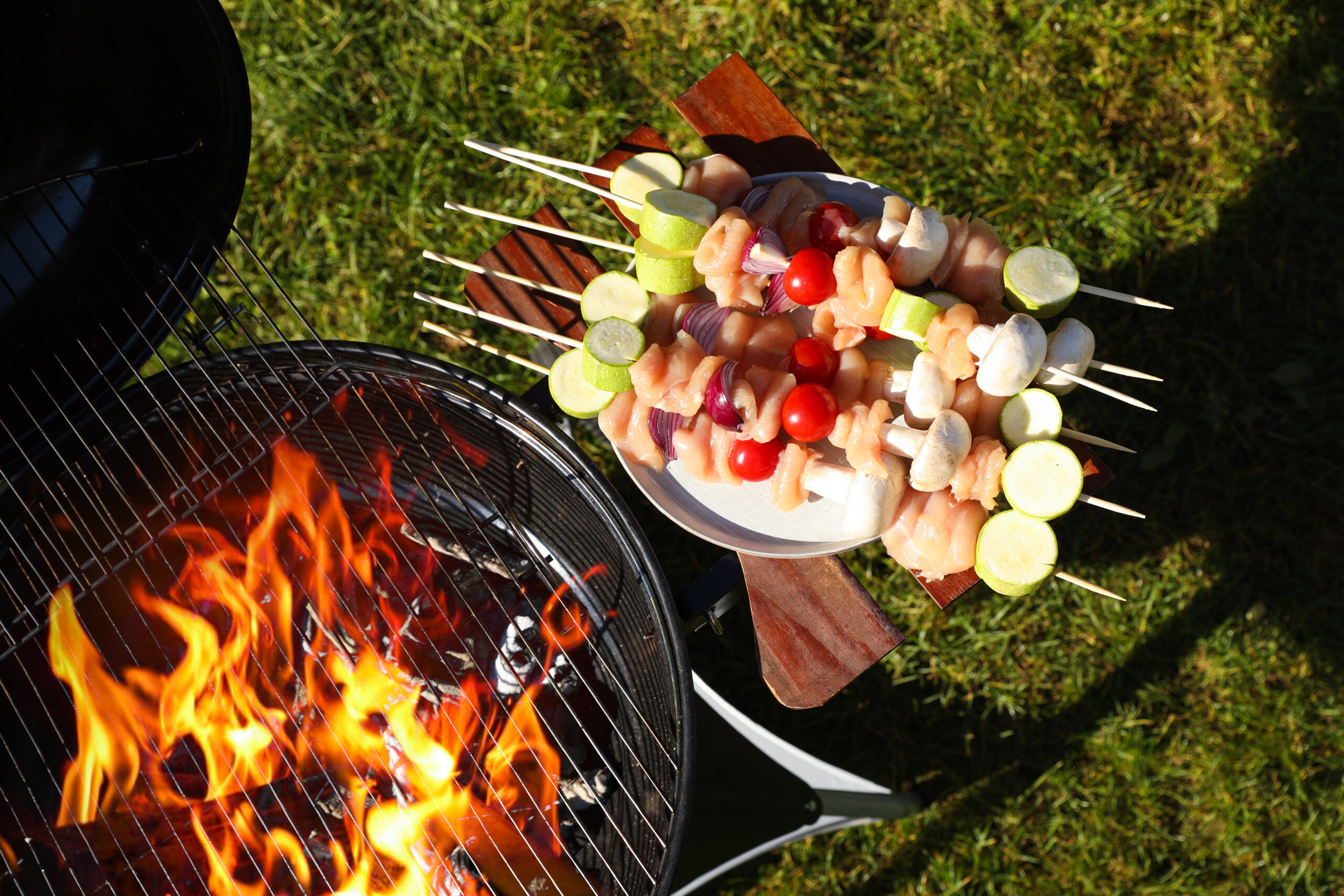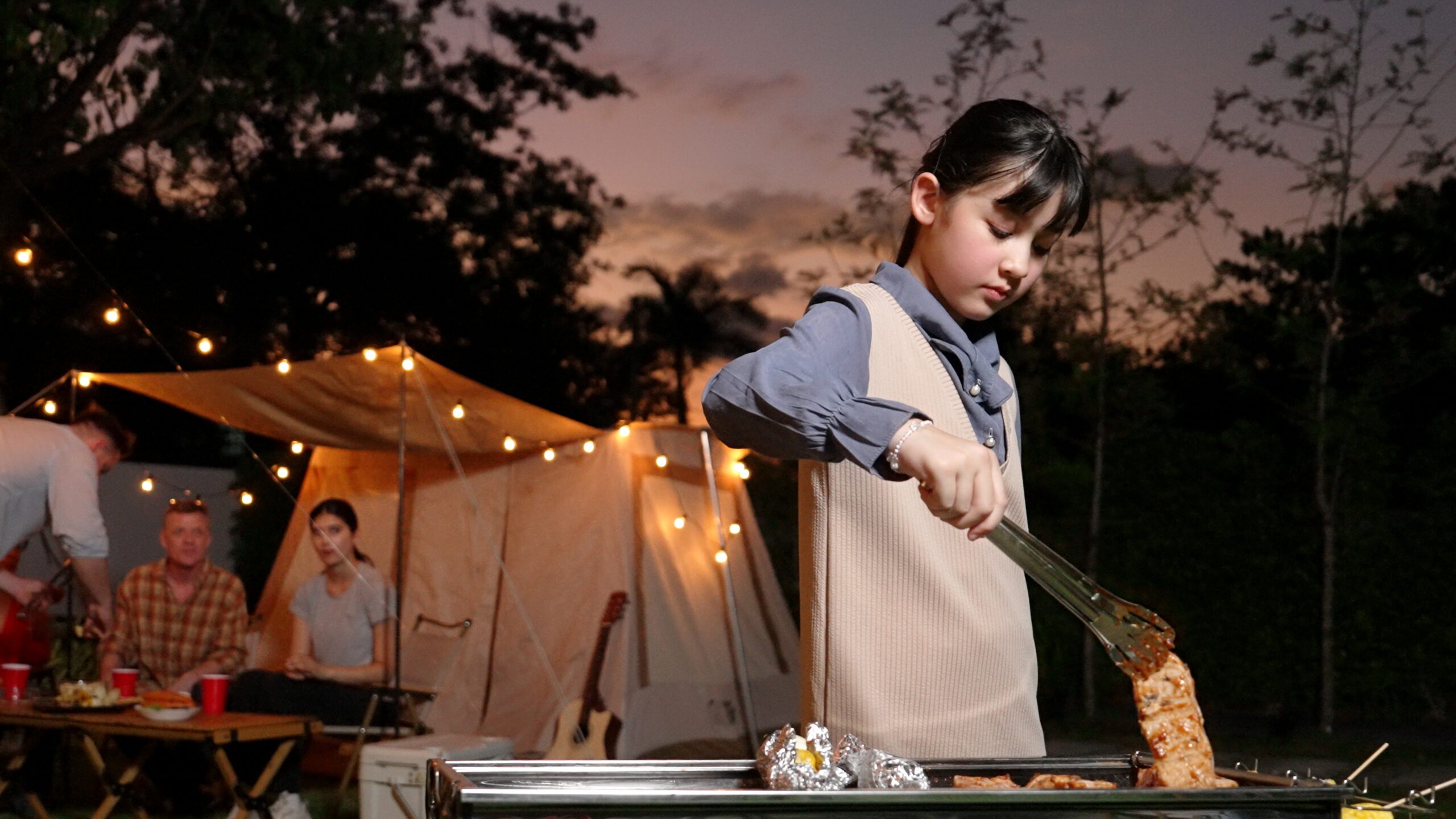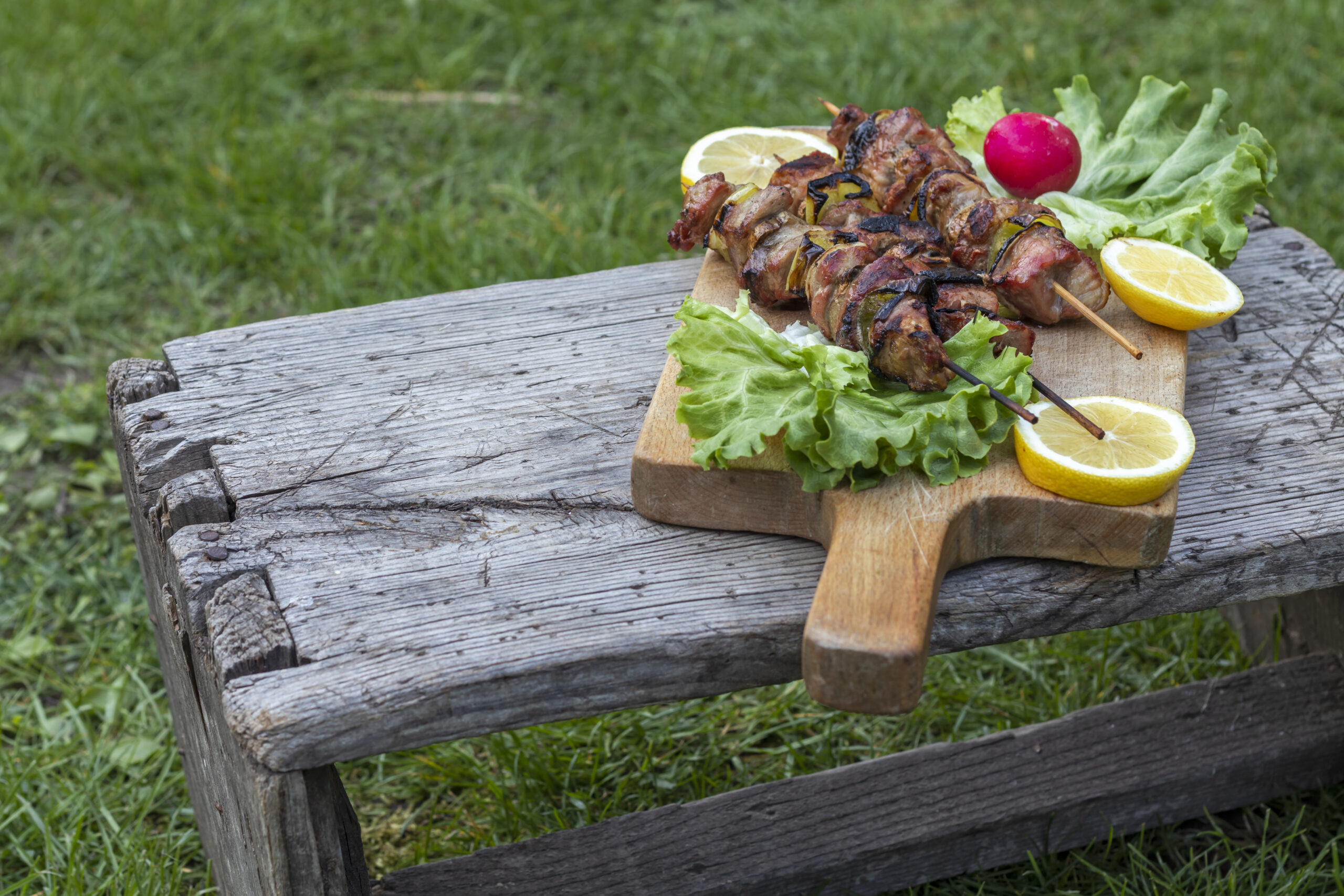Imagine opening a steamy package to find a delicious, nourishing meal after a day outdoors. Foil packet meals make campfire cooking easy and tasty. They mix gourmet flavors with the charm of an open flame.
With just 30 minutes of prep and 40 minutes by the fire, you can enjoy a tasty dish. It’s filled with lemon and herbs, all under the stars. Ever wanted to make your camping meals feel like fine dining?
Let’s look at the ingredients that come together in these meals. You’ll find tender chicken, onions, mushrooms, bell peppers, garlic, and potatoes. Adding olive oil and lemon juice before wrapping it in foil keeps everything moist and flavorful.
Mastering foil packet meals means a satisfying meal that’s 437 calories per serving. Each packet is a mix of proteins and carbs to fill you up after a day of adventure.
From Grilled Honey-Chipotle Salmon to Santa Fe Chicken, there’s a recipe for everyone. You can try Hawaiian Chicken or Cheesy Asparagus for something different. Even beginners can impress with tips from outdoor chefs like Julie Koets.
So, are you ready for a culinary adventure? It promises delicious meals with the simple charm of campfire cooking?
The Basics of Crafting Foil Packet Meals
Exploring how to make foil packets opens up a world of flavors. These meals are not just for campfires. You can also cook them in ovens, grills, air fryers, and slow cookers.
For those who love campfires, making foil packet meals is simple. Just fold ingredients in aluminum foil and cook them over smoldering coals. This adds a smoky taste. Cooking usually takes 45-60 minutes on hot coals, making sure everything is cooked well.
Every cooking method has the same basic steps. Start with heavy-duty foil or double wrapping for extra protection. Put your ingredients, like protein, veggies, and starch, in the foil. Then, fold the edges to seal it, keeping the steam in for cooking.
Using an oven is another great way to cook. Place the packets in a 400 degrees Fahrenheit oven for 40-50 minutes. This method cooks everything evenly, just like campfire cooking.
Both methods make delicious foil packet meals. They’re easy to make and can be enjoyed anywhere, from backyard parties to campsites.
When cooking meat, always check its temperature with a thermometer. This ensures the meat is safe to eat. The center should be no longer pink, and the juices should be clear.
Pre-Campfire Preparation for Effortless Cooking
Starting camping meal prep before the fire is key. Use 12″ Reynolds Wrap® Heavy Duty Foil for small meals and 18” for bigger ones. This makes cooking easier and more fun.
Assemble your foil packet meals at home to save time. Add acidic ingredients like tomatoes or citrus just before cooking. This prevents damage to the foil.
Storing your packets is important. Put them in zip-top bags and a cooler to keep them safe. Use Reynolds Wrap® Grill Foil for sticky foods to make serving easy.
When it’s time to cook, place the packets on hot coals, not flames. This method cooks food evenly. Use BBQ tongs and gloves to flip the packets safely.
Check if your food is cooked right with a thermometer. Meat should be at least 165°F. Choose the right time to cook and serve for the best taste. Always recycle aluminum foil after use.
Mastering Heat Management Over Campfire Coals
Great campfire meals need good heat management and campfire foil techniques. Start by building a strong campfire. Let it turn into a bed of glowing coals. Make sure the coals are even for even cooking.
Use heavy-duty aluminum foil to wrap your food. It can handle the heat without tearing.
When making foil packet meals, spray the foil with non-stick cooking spray. This prevents food from sticking. It also makes serving easier.
Choose meats like chicken, beef, pork, or fish for your packets. Add colorful veggies like bell peppers, zucchini, or potatoes. Don’t forget to season with salt, pepper, or more complex spice blends.
The size and seal of the foil are key. Make sure the foil is twice as long as your food. This ensures a tight seal and even cooking.
Place the packets on the coals and cook for about 40 minutes. Flip them a few times to cook everything evenly. Use an instant-read thermometer to check if the meat is done.
Knowing how to use direct and indirect heat is important. Direct heat is good for smoky veggies or crispy meats. Indirect heat is better for delicate foods like fish or marinated chicken. Always cook safely and use the right tools.
With practice, managing heat and using foil packets becomes easy. You’ll turn simple meals into amazing feasts under the stars.
Environmental Considerations: Cleanup and Foil Disposal
It’s important to clean up after a campfire meal cooked with aluminum foil. Aluminum foil is 100% recyclable, so we must follow proper disposal guidelines. Simply compact the used foil and put it in a trash bag for recycling.
This simple step helps keep the outdoors clean. Recycling aluminum saves a lot of energy and reduces greenhouse gas emissions. Recycling one ton of aluminum saves up to 95% of the energy needed to make new aluminum.
However, recycling rates for aluminum foil are lower than for cans. This is because foil often gets contaminated. Cleaning the foil is key to recycling it efficiently.
Proper foil disposal also benefits the environment. Recycling aluminum saves about nine tonnes of CO2 emissions per tonne. This shows how important recycling is for our planet.
By recycling aluminum foil, we help preserve nature’s beauty. Over 75% of aluminum products in the US are recycled. Including foil in our recycling efforts is crucial. Following disposal guidelines makes our outdoor cooking guilt-free and helps the environment.







